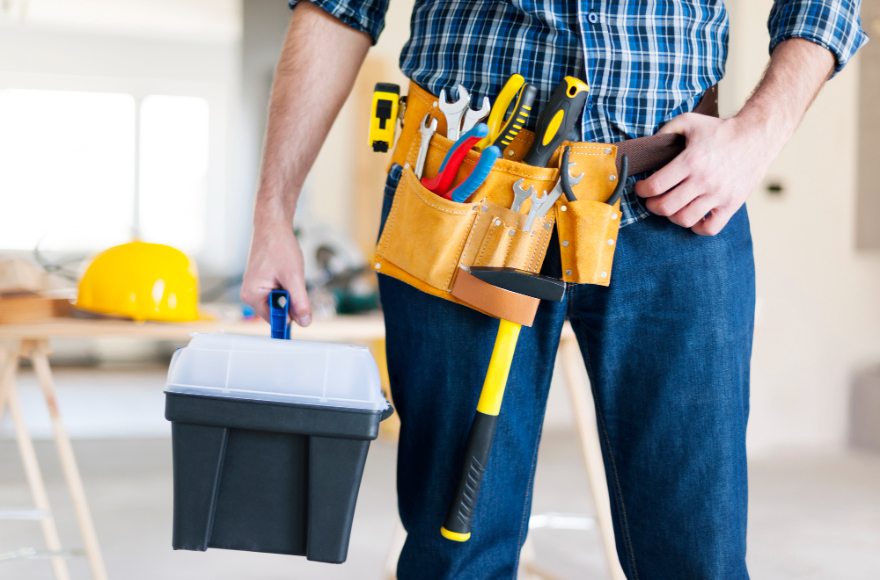
Every handyman gets excited about their first project - and then discovers that what looks simple in DIY videos turns into a major headache in real life. Small mistakes lead to duplicate repairs, wasted money, and heartache. If you want to avoid these classic pitfalls, here are a few things you should pay attention to.
Many materials used for repairs and renovations require a certain drying time to reach full strength. Impatience or haste can cause the work to be ruined, even if the execution itself was excellent. Those who don't adhere to the required waiting time will find themselves making repairs over and over again. Here are some common situations where rounding corners during drying times leads to problems later on.
A new coat of paint on damp plaster or putty will look good at first, but later cracks, peeling, and stains will begin to appear. When you rush to the paint stage, the work loses its durability.
If you are in a hurry to fill the gaps between the tiles with Flooring gun Before the adhesive has completely dried, slight movements of the flooring can cause the grout to crack or crumble faster than expected.
Not every tool is suitable for every task, and using the wrong tool can cause damage to equipment, work materials, and even injuries.
Here are some common mistakes:
The right tools improve performance and prevent costly mistakes. It's always a good idea to check which tool is best for the task before you start.
Whether it's drilling, cutting, painting or installation, and even if it's a small project - Safety is not an issue to be taken lightly. Simple mistakes can lead to serious injuries, property damage, and even death.
Here are some areas where novice handymen tend to disregard safety rules.
Safety glasses, gloves, and earplugs prevent eye injuries, cuts, and noise damage. Forgoing them for convenience or lack of awareness leads to unnecessary injuries. Working with power tools without safety glasses, for example, can cause wood or metal chips to hit your eyes. In other cases, work gloves can prevent burns and cuts when using saws and grinders.
Using power tools near water, making improvised connections to overloaded outlets, or working with exposed wires are real life-threatening dangers. Using substandard extension cords or connecting multiple tools to the same outlet can also cause a short circuit or even a fire.
Saws, grinders and knives require control, skill and precautions. Cutting too fast, working with the wrong blade or simply working carelessly can cause serious injuries.
Climbing an unstable ladder, standing on the top rungs, or placing it on an uneven surface is a recipe for a painful fall. Many also forget to make sure the ladder is open at the correct angle. And who is not standing near a door that could suddenly openIn addition, using a ladder that is not appropriate for the working height leads to dangerous strains that may cause loss of balance.
Working with paints, adhesives, and cutting drywall releases toxic particles into the air. Without a protective mask, the materials penetrate the lungs and cause cumulative damage, which can manifest as shortness of breath or long-term health problems.
Using adhesives and paints near heat sources without adequate ventilation can cause a sudden fire. High concentrations of paint fumes in a closed space, for example, pose a risk of ignition from an electrical spark. Also, leaving rags soaked in turpentine in an unventilated area can cause a fire.
Working with Gypsum boards It seems simple, but small mistakes can lead to cracks, instability, and ultimately - a complete renovation. Here are some common mistakes:
Proper installation of drywall requires precision, planning, and the correct use of reinforcing materials, otherwise the new wall may fall apart sooner than expected.
Any small mistake in a renovation or repair project can turn into a big expense and cause unnecessary frustration. Whoever enters the world the-DIY Without understanding the importance of planning, precision, and proper use of materials, one will quickly discover that haste and improvisation lead to double work. Prior knowledge, adherence to work rules, and use of the appropriate tools can make any task high-quality, durable, and most importantly - one that you won't have to repeat again in a few months.
Good luck!